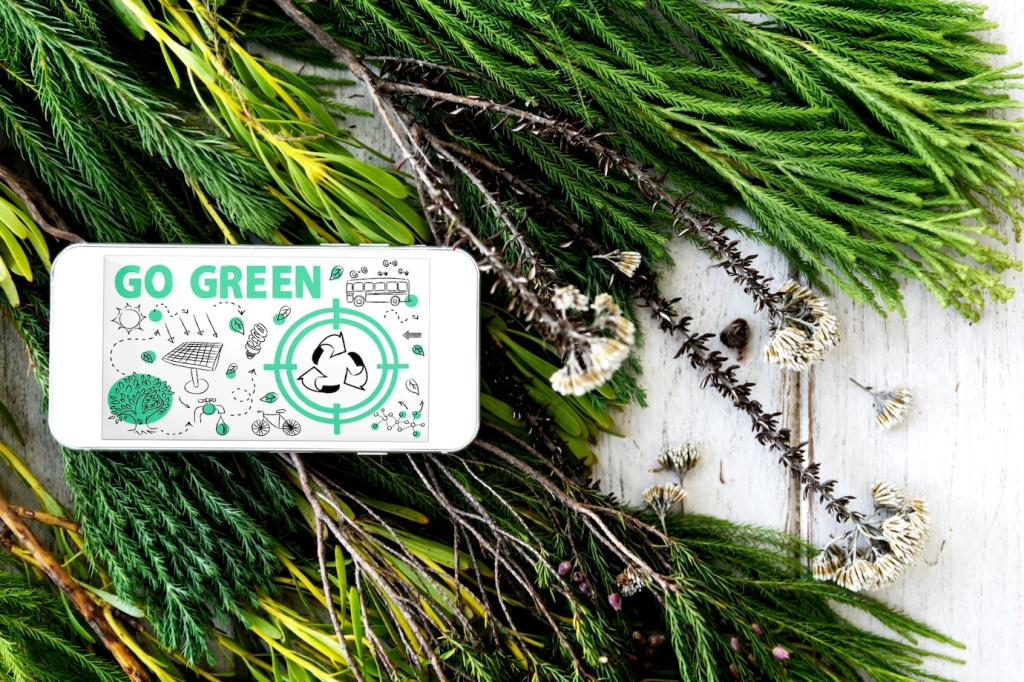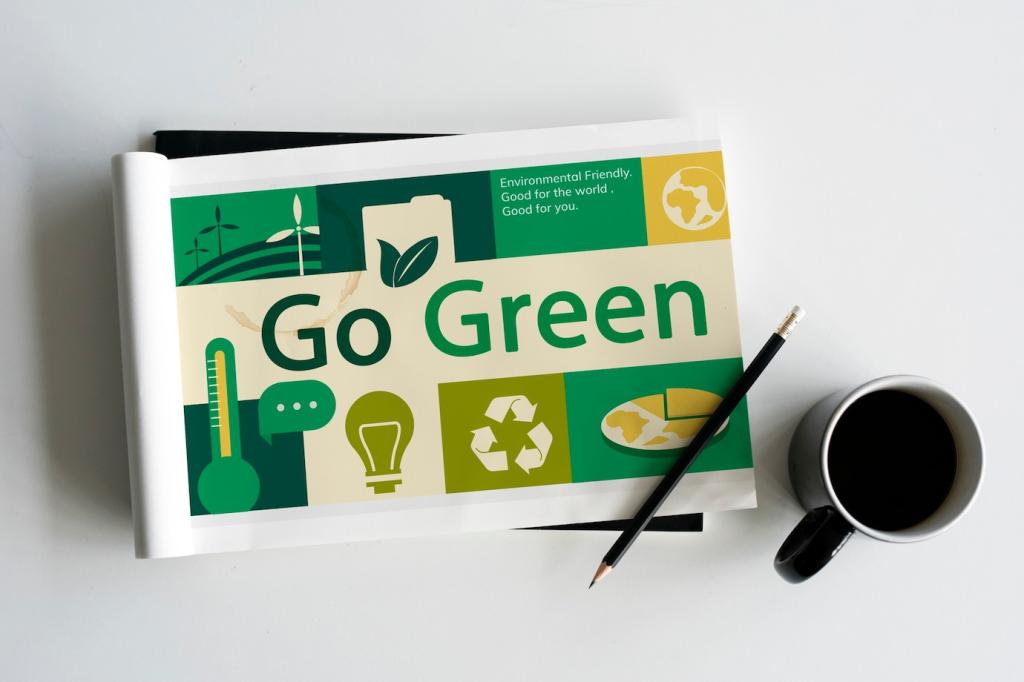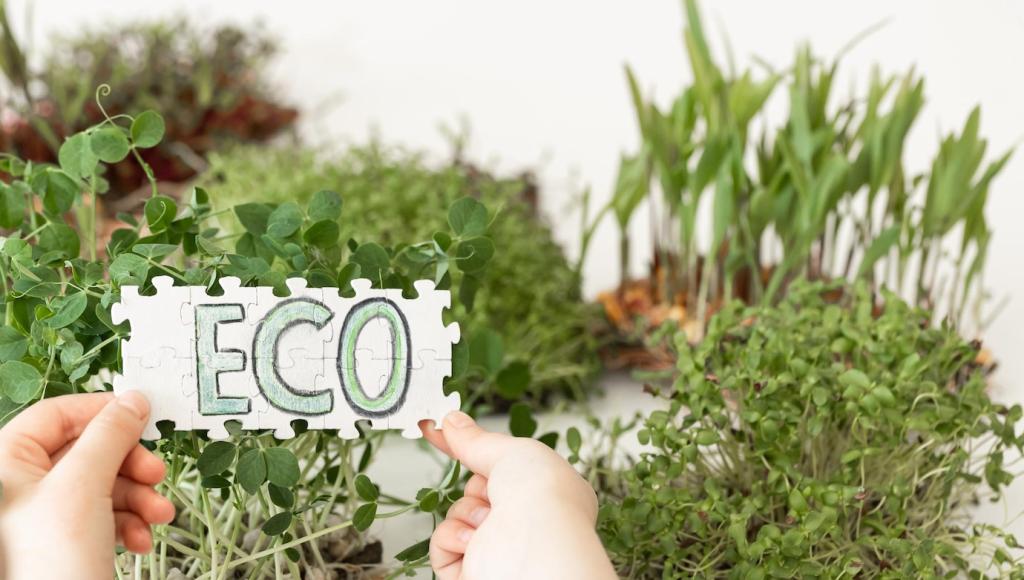This website uses cookies so that we can provide you with the best user experience possible. Cookie information is stored in your browser and performs functions such as recognising you when you return to our website and helping our team to understand which sections of the website you find most interesting and useful.
Eco-Friendly Interior Design Trends for 2024
Eco-friendly interior design is evolving rapidly, driven by growing environmental consciousness and advances in sustainable materials and practices. In 2024, the focus is on harmonizing style and functionality while reducing our ecological footprint. This year’s trends invite homeowners and designers alike to reimagine their spaces using innovative, planet-friendly approaches. Whether renovating a single room or devising a complete home makeover, staying current with eco-conscious options now means more than just recycling or upcycling. It’s about creating interiors that actively contribute to a healthier environment and promote overall well-being. Explore the top eco-friendly interior design trends for 2024 that are reshaping homes into beautiful, responsible sanctuaries.


Reclaimed Wood Accents
Natural Stone Surfaces
Plant-Based Textiles


